It turns out it does. And I'll delete this thread too if they're going to foul it up again.
As you may recall, I'm one of those who was exactly against flooding, but I don't think deleting all the posts is the answer. There were a lot of interesting posts on the subject. People have spent time, effort, and you think you have the right to delete something that isn't yours! This was discussed on the forum about a year ago and the pack decided that the thread did not belong to the topic starter. The choice is of course yours.
P.S. As a way out, I see, in the case of flooding, create a new thread called XXXXX1 or XXXXX Continuation1 and still leave the old one.
As you may recall, I'm one of those who was exactly against flooding, but I don't think deleting all the posts is the answer. There were a lot of interesting posts on the subject. People have spent time, effort, and you think you have the right to delete something that isn't yours! This was discussed on the forum about a year ago and the pack decided that the thread did not belong to the topic starter. The choice is of course yours.
P.S. As a way out, it seems to me, this way - in case of flooding, create a new thread with the name XXXXX1 or XXXXX Continuation1 and at the same time leave the old one.
Interesting may have been, valuable is not. Let's close the subject at this point, especially since you can't return it.
What's the trick to a Kohonen net? Why search for patterns with it? I'm not searching for patterns on MAKD but my opinion is that there is nothing stationary there. Except for divergence.)
In clustering of input space.
Roughly speaking, the difference is as follows:
Whereas a perseptron, for example, looks for patterns between inputs and outputs, which is essentially recognition, a Kohonen network looks for dense groups of inputs, allocating them into separate clusters.
Why not? We can try divergence as well.
I think there was this post in this thread with a picture:
And here's what we have...:
When gaps or abnormal spikes occur, the net often lies. It was only trained for 4 days before and there were no such situations. But the day before it was a beauty!
-
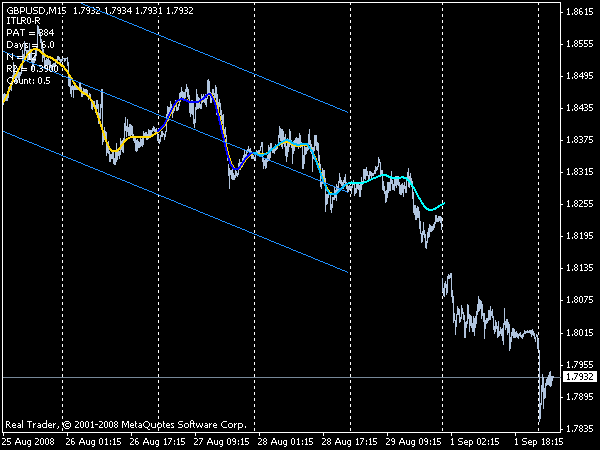
And today, too, she's learned a little bit from the day before.
-
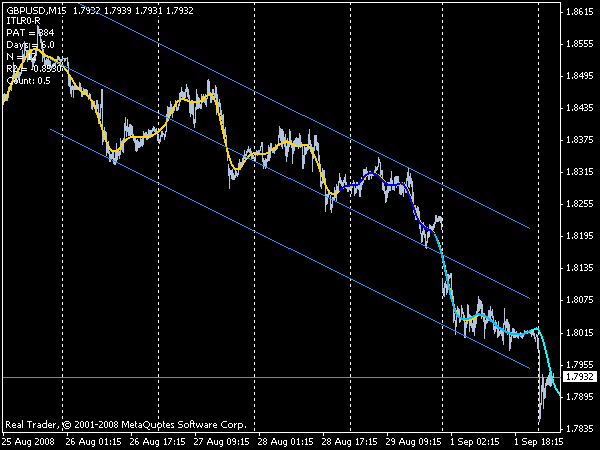
And further options the network gives out are, - this is 15 days training.
-
-
I'm not getting any clear pictures when I put them in here...
And this is what the next day predictions looked like in the previous 5 days' training. The blue one is ahead where there was no data yet. Of course it's not perfect, but it looks promising to me.
-
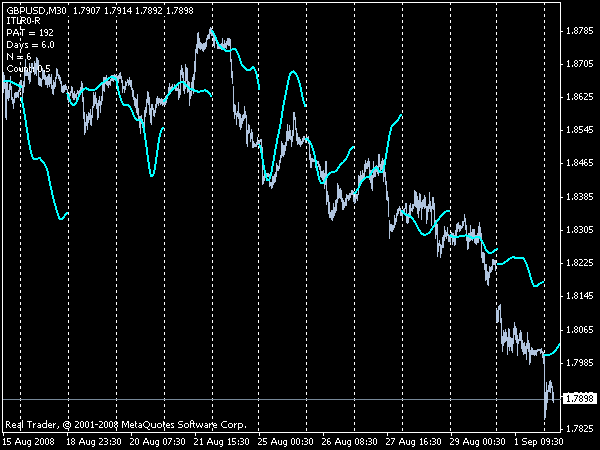
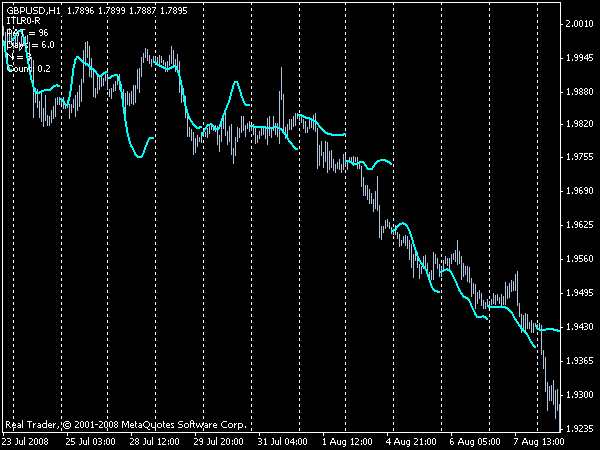
And this is what the forecasts for the next day looked like when teaching the previous 5 days. The blue one is ahead where the data was not yet available. Of course, it's not perfect, but it looks promising to me.
This is our way!
The last two pictures are the right ones. You can see right away what's what.
Not bad.
ANG3110, if you have a possibility, give you the data for M15 in the format of the last picture and comment, please, on the last picture. What is the reason of multiple implementations of NS predicate?
Now, that's our way!
The last two pictures are the right pictures. You can see right away what's what.
Not bad.
ANG3110, if you have a possibility, give you the data for M15 in the format of the last picture and comment, please, on the last picture. What is the reason of many realizations of NS-predictor?
In the penultimate image in spite of the fact that the number of bars forecasted ahead is the same, it is equal to the length of day, but for training different averaging steps 24,48,72.96 and 120 hours are used. That's why there are five forecast variants, although only the 24 hour one - it's red - is very different from the others.
-
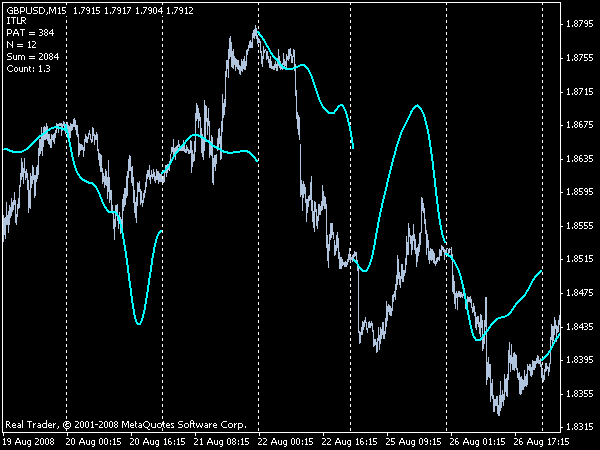
- Free trading apps
- Over 8,000 signals for copying
- Economic news for exploring financial markets
You agree to website policy and terms of use


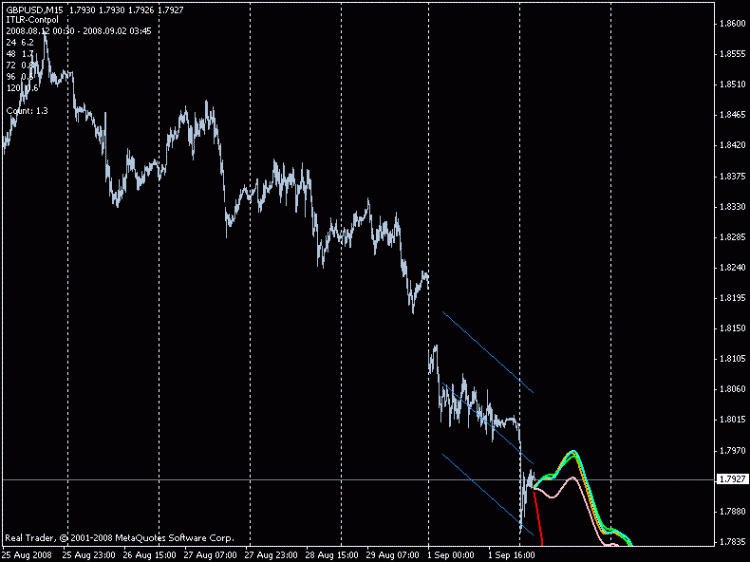
Good afternoon.
Has anyone tried to search for patterns (on MACD for example) using Kohonen's net?
If yes, please let me know your impressions and experiences.
If anyone has similar ideas - I invite to chat. Preferably here, if serious, to email.
A big request to write on topic and specifically.